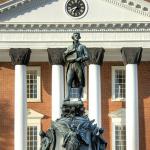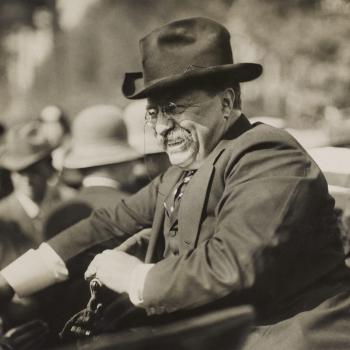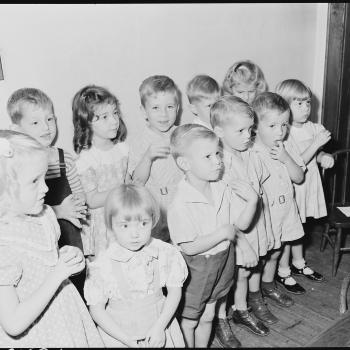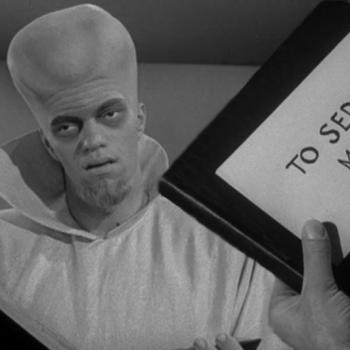Two decades ago, Christine Leigh Heyrman won the Bancroft Prize (the prestigious annual book award by the Columbia University Libraries) for Southern Cross: The Beginnings of the Bible Belt. To read her epilogue is to be amazed at how fast times change.
Back then, Heyrman’s description of a suburban Baptist church in Delaware gave the impression that racial tensions were a thing of the past:
Every Sunday morning two worship services draw big audiences composed largely of middle-class families; whites predominate, but there is a sprinkling of African Americans and Asian-Americans. The lay people contribute handsomely to the maintenance of an impressive church edifice and to the construction of an ever-expanding number of smaller buildings for offices and classrooms. . . . Aside from unbelief, the sins most commonly condemned from the pulpit are adultery, drunkenness, and neglect of family and church. Preachers also routinely allude to the evils of abortion and homosexuality, but forbear elaborating their objections to such practices. What prompts such reticence is both the desire to shield young children in the congregation and to avoid offending those adults who hold differing views on these controversial matters or who oppose any mixing of religion and politics.
No mention is made of a Christian responsibility to seek social justice for the less fortunate, except on those rare Sundays when local African-American clergymen are invited to deliver the sermon. Even on these occasions, black preachers raise the issue of racism mainly to reassure whites in the congregation that all has been forgiven and forgotten in the name of their common Christianity, at which the collective sense of relief is almost palpable — though short-lived. For black ministers immediately turn to calling upon the guilty to repent of the more familiar litany of moral lapses with a driving eloquence and stark emotional force to which their white colleagues never resort. Such verbal pyrotechnics probably lie outside the scope of some white preachers, but all, in any event, studiously disdain such tactics, favoring instead low-key, genial homilies that interlace biblical references with humorous anecdotes and moral bromides. At the root of their resistance is less that they regard this tradition of fiery oratory as alien, a performance art peculiar to African Americans, but that it is all too familiar a fixture from the white evangelical past to have fallen from memory. . . . Nor is the caution of white preachers on this score misplaced, for African-American preachers elicit enthusiastic responses mainly from other black members of the congregation, while many whites register a mixture of confusion, amusement, and, above all, discomfort (256-57)
Of some note here is the idea that this white evangelical congregation was squeamish about mixing religion and politics, and that black preachers were not vocal about decrying white supremacy and its attendant sins.
That was 1997.
And yet, Heyrman also let readers know that evangelicals were scary:
Like all their predecessors, evangelical leaders in the late twentieth century seek acceptance and power by insisting that the authentic voice of “the people” finds utterance in the langauge of Canaan — as spoken in their accent — articulating their deepest desires, values, and aspirations. But, in many respects, today’s evangelicals strive to keep the faith especially with those who first introduced southerners to the way of the cross, their common ground being the resolve to recast the very cultures that they claim to represent. And they do so, as the next millennium approaches, with more imposing resources and even greater ingenuity than in any other period of American history. (260)
Imagine that. Evangelicals trying to recast America in their image with resources and power of which previous generations could only dream.
And they hadn’t even discovered Donald Trump.












